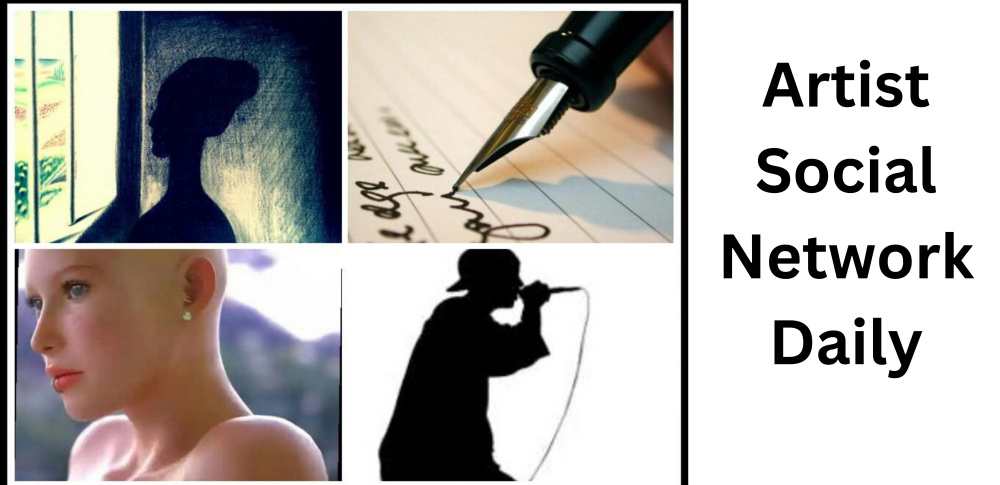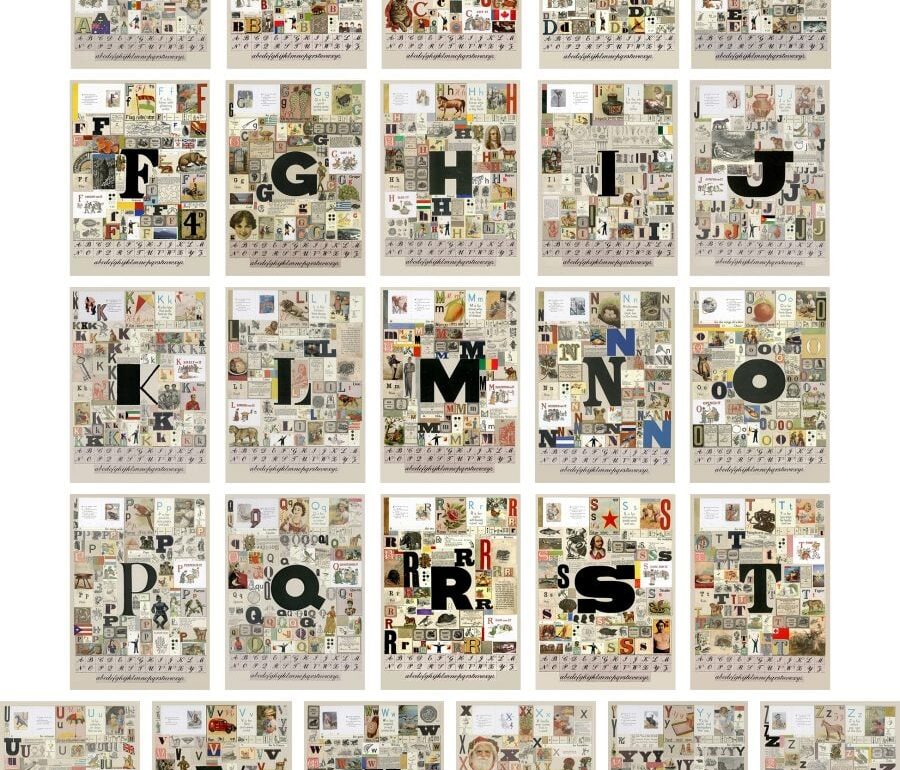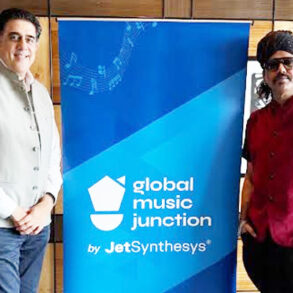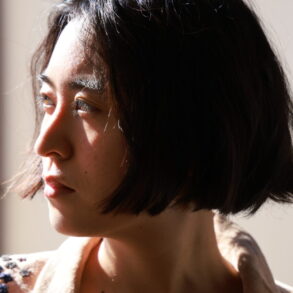Printmaking has proven a valuable and generative medium for artists of various practices. It offers a unique avenue of visual expression, the capacity to work through multiple iterations of challenging compositions or motifs, and a more accessible entry point for collectors.
While the prints have long been studied for the insight they provide into an artist’s creative methods and vision, what is less focused upon is the singular relationships that develop between artist and printer or publisher, the team that brings their vision to life behind the scenes. Often these relationships span decades, resulting in a rapport built on trust and shared mission or ethos, and inevitably leaving a distinct mark on the artist’s oeuvre.
Now live for bidding through April 10, 2025, Artnet Auctions Premier Prints and Multiples sale features important works by artists ranging from Keith Haring and Roy Lichtenstein to Andy Warhol and Barbara Kruger, just to name a few. Within the scope of the sale is also a range of works that illuminate the special relationship between artists and the printers and publishers that produced their work, which we dive into below.
Peter Blake, An Alphabet (complete portfolio of 26 works) (2007)
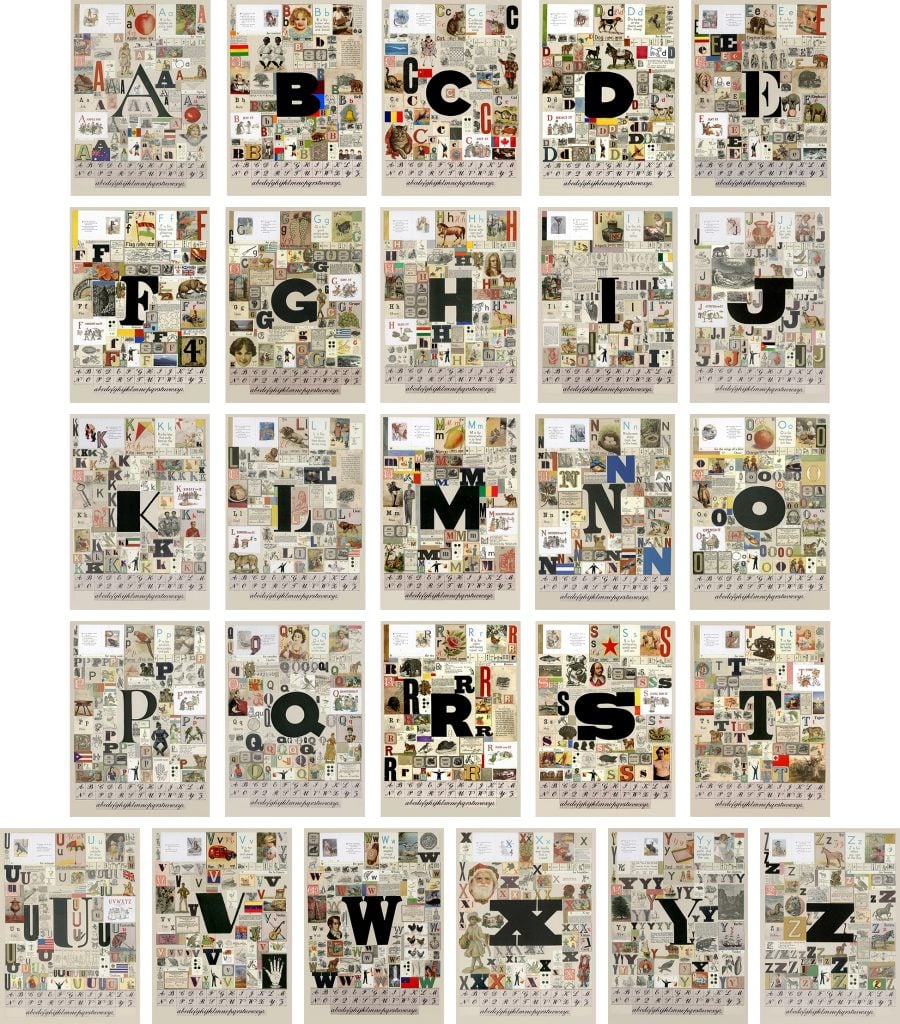
Peter Blake, An Alphabet (complete portfolio of 26 works) (2007). Est. $7,000–$10,000.
“In 2006, Peter asked if I would like to publish An Alphabet portfolio which I said yes to immediately and has since become instantly canonical within the school of Blake’s work,” said Paul Stolper, who established his eponymous gallery in 1998, which has become a leader in the publication of contemporary editions in addition to maintaining a rigorous exhibition program.
For the creation of An Alphabet (2007), Stolper describes visiting Peter Blakes’s studio regularly over the course of months, and “on every visit, Peter was always keen to show some new image he had cut out that he could find 26 different versions of—an animal for instance, or some text—which both fitted the composition perfectly and added something new to each letter.”
An Alphabet was not the first collaboration between Stolper and Blake. The first was in 2003 when the artist created Love Me Tender, which was included Stolper’s first portfolio project “Diamond Dust Volume I” which featured alongside work by Gavin Turk, Peter Liversidge, Simon Periton, Linder Sterling, and Peter Saville. The project ultimately laid the foundation for ongoing partnerships and led to the later 2006 work.
“Blake’s An Alphabet is both a tour de force of printmaking and a summation of so many of his artistic concerns,” said Stolper. “Thematically, the alphabet allows Peter to indulge in his passion for collecting letters and imagery, and yet the finite limits set by an A to Z are quite rigorous. There is a limitation to working with the alphabet that is not present when working on a canvas where the possibilities are endless; with the alphabet words, objects, and pictures have their place and it becomes a happy antidote to painting.”
Barbara Kruger, Savoir c’est pouvoir (1989)
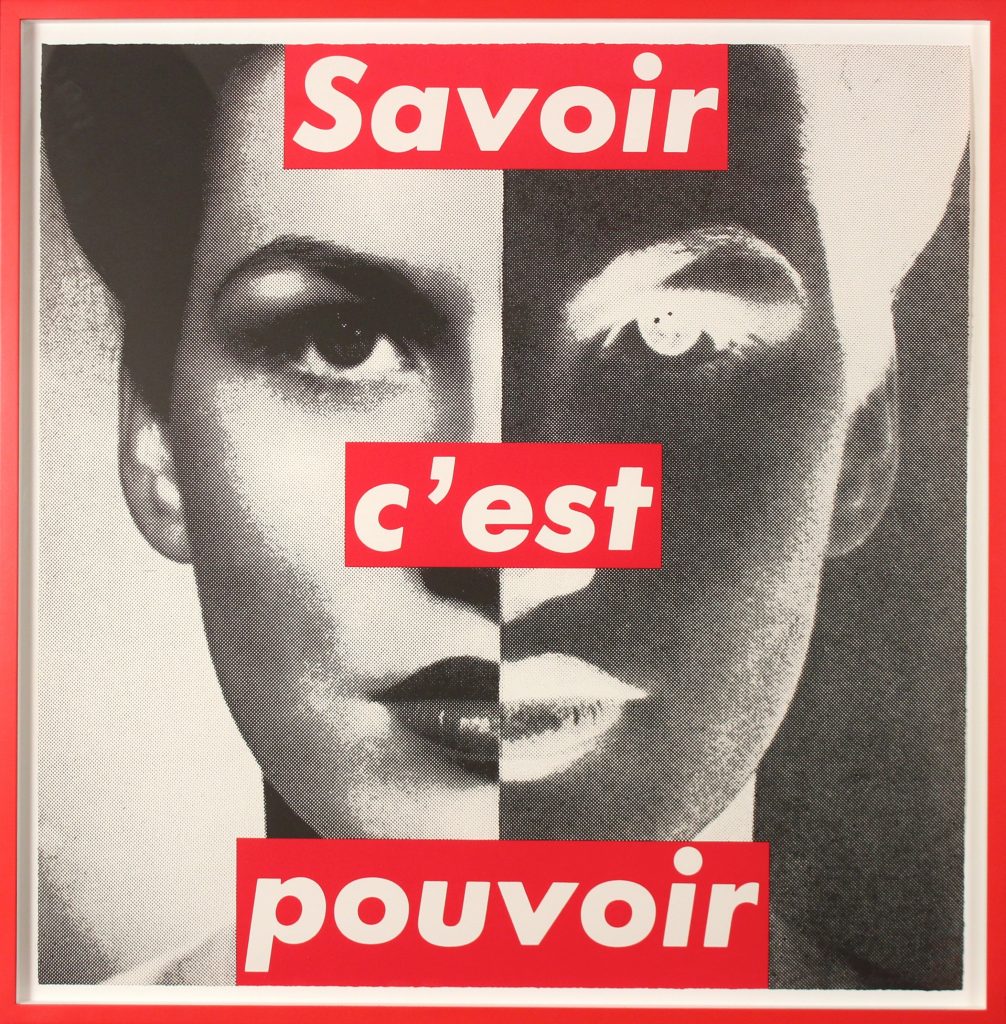
Barbara Kruger, Savoir c’est pouvoir (1989). Est. $50,000–$70,000.
DLE, which operates largely as a contract printer for both individuals and institutions across the art world, has worked on such iconic projects as Robert Longo’s “Men in the Cities” and with a veritable laundry list of contemporary art’s biggest names, including Tracey Emin, Jeff Koons, Katherine Bernhardt, John Baldessari, and Alex Katz, among numerous others.
For Barbara Kruger’s Savoir c’est pouvoir (1989), the starting point was an image she found at the New York Public Library. This work incorporated an image, a specific font, and a Pantone color 185—a hue that has become synonymous with her work.
“Printing took two days, we tore everything down to size and she came in and signed,” said a representative of DLE. “We had printed a proof on the shiny side of an aluminum printing plate, she liked it so we gave it to her. The prints were then crated and shipped to France. The print was commissioned by the French Department of Cultural Affairs for the 200th anniversary of the French Revolution and was displayed all over France in public buildings, like a true democracy.”
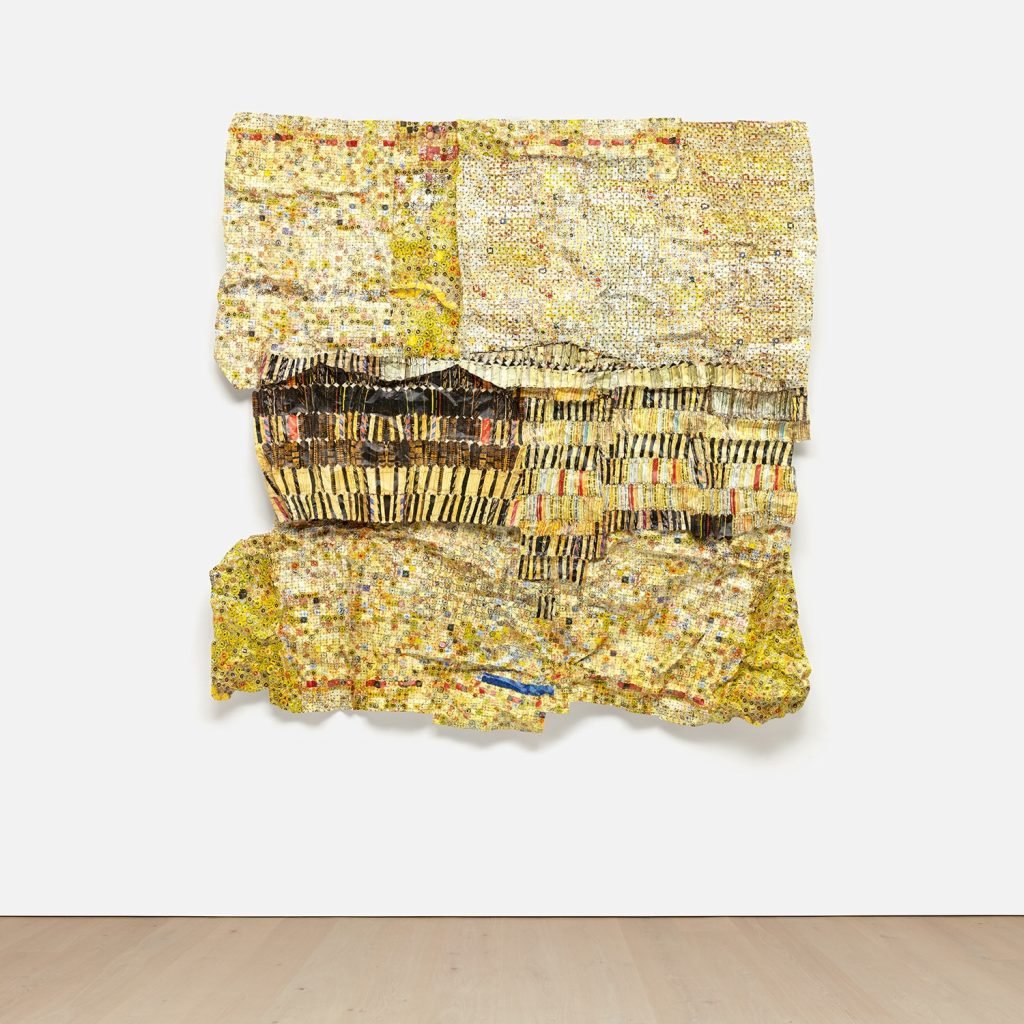
El Anatsui, Gold Band (2020). Est. $60,000–$80,000.
El Anatsui’s Gold Band (2020) benefitted from the collaboration with both Benefit Print Project, a publisher founded in 2010, and Ribuoli Digital, master printers. Measuring roughly five by five feet, Gold Band defies what is typically thought of in the realm of prints. The largest print by Anatsui made in metal, the work reflects meticulous craftsmanship wherein each piece of aluminum is cut and sculpted by hand and overall assembled through copper wire riveting.
Evoking Ghanaian textiles, Byzantine mosaic work, Indo-Islamic tilework, and other Western and non-Western decorative traditions—as well as visually parallels the artist’s body of sculpture—the work is a dazzling testament to pushing the boundaries of the medium itself.
Premier Prints is now live for bidding through April 10, 2025.
This post was originally published on this site be sure to check out more of their content
